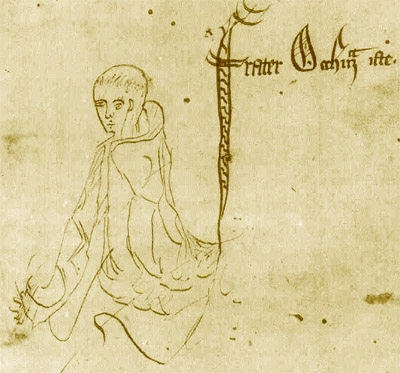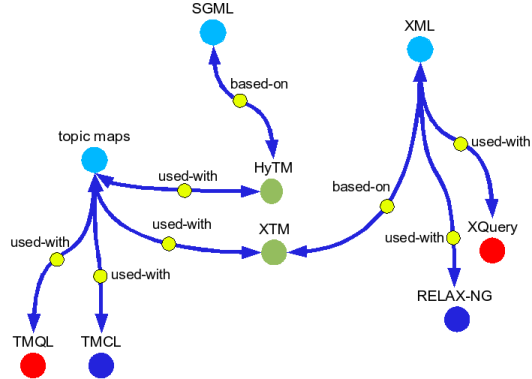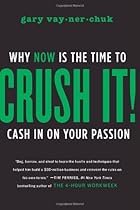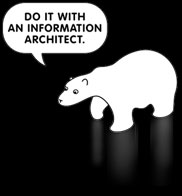Talking Cars
Mark Hurst, der Autor von Bit Literacy: Productivity in the Age of Information and E-mail Overload, erzählt auf seinem Blog eine interessante Geschichte: How customer experience killed the talking car.
I'll always remember the day I saw the talking car. It was 1983, and I was a fifth-grader who was always eager to try out a new digital interface. (The videogame arcade at the mall was the main venue for that, one quarter at a time.) Today, it was something especially interesting. A friend's dad had just bought a new Chrysler with the latest technology: speech. The car was in the driveway when I got there. And while my memory is hazy on some details - who actually opened the door and started the car, and what we talked about afterward - I'll never forget what the car said.
Nette weekend Lektüre.


















